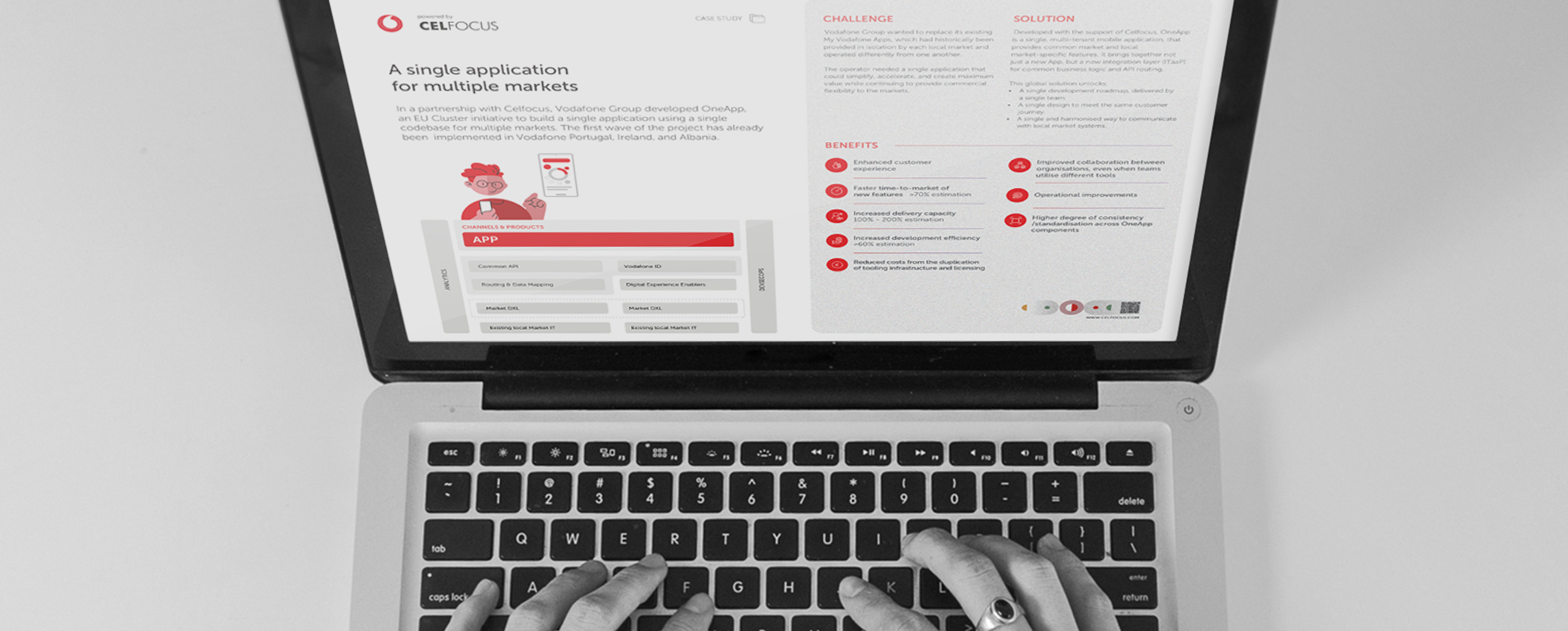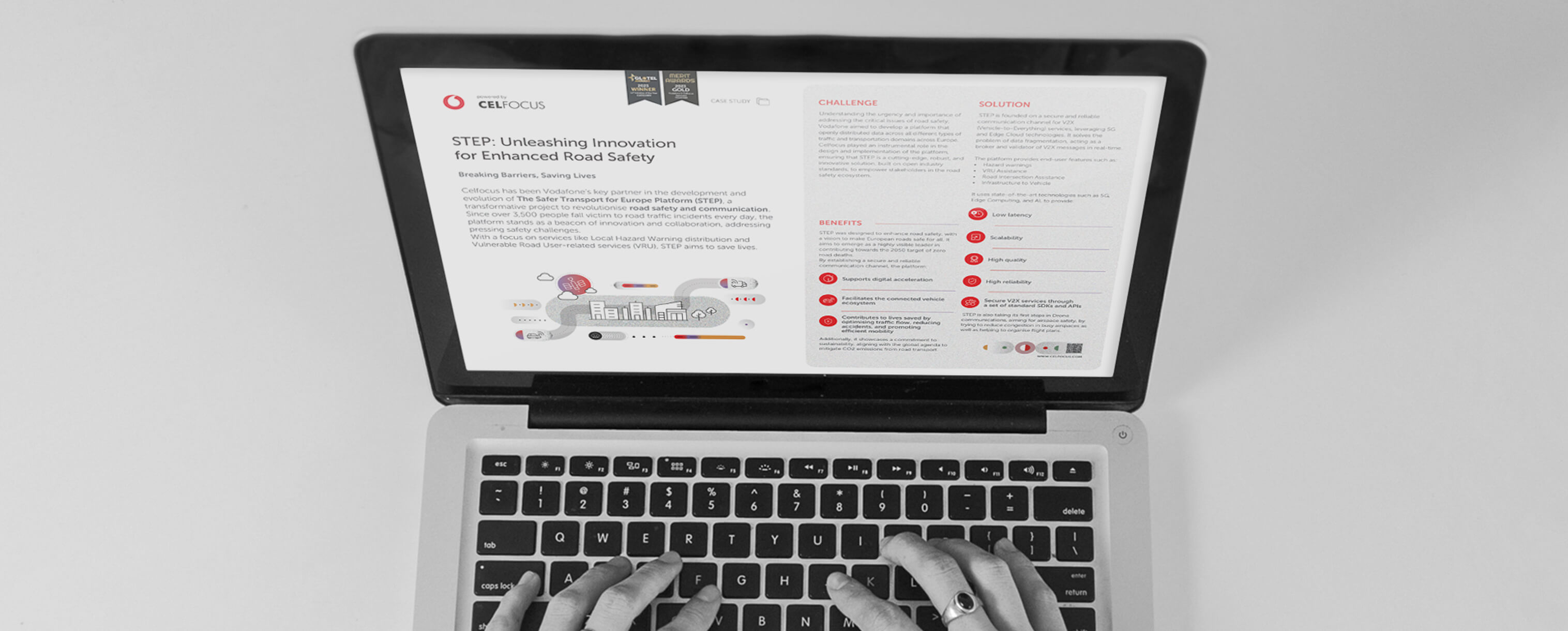|---Module:text|Size:Small---|
What is a MDM?
Master Data represents the business objects that are shared across more than one transactional application, around which the transactions and analytics are executed. Master data can take the form of a product, customer, service, asset information, in addition to any information sources that may drive an organization’s business. Master data management (MDM) creates a single version of the truth about these objects across the operational systems landscape.
Forrester defines MDM as a “category of software infrastructure that operationalises the acquisition, distribution, and management of core data entities, including customers, products, and suppliers. As enterprises grapple with service-oriented architecture (SOA) demands, they increasingly recognise the need to manage master data, such as customer, product, supplier, location and employee data, outside of the core applications that use it.”
Gartner defines it as a “technology-enabled discipline in which business and IT work together to ensure the uniformity, accuracy, stewardship, semantic consistency and accountability of the enterprise’s official shared master data assets. Master data is the consistent and uniform set of identifiers and extended attributes that describes the core entities of the enterprise including customers, prospects, citizens, suppliers, sites, hierarchies and chart of accounts.”
Joining both definitions, one can say that MDM is a set of applications and technologies designed to consolidate, cleanse, enrich and synchronise key business data across the enterprise. It includes pre-defined data models and functions to load, cleanse, govern and share the master data with all business processes, operational applications and analytics systems. It is also responsible for centrally managing the quality and lifecycle of business data, turning to be the real master system for such data.
MDM enables an organisation to link all its critical data to a common point of reference. When properly done, MDM improves data quality, while streamlining data sharing across all departments of the organisation, leading to fewer errors and less redundancy in business processes. The management of master data in a central repository gives a single authoritative view of information and eliminates costly inefficiencies caused by data silos.
How does MDM work?
MDM solutions are all about data governance, by defining the data definitions, standards, access rights and quality rules. MDM executes these rules via a range of data cleansing, transformation and integration practices.
As data sources are added, MDM initiates processes to identify, collect, transform and repair data. Once the data meets the quality thresholds, schemas and taxonomies are created to help maintaining a high-quality master reference. Extensive application integration then shares the governed data with all appropriate operational applications and maps data for analytical systems. It is important to note that since MDM supports transactional applications, it must support high volume transaction rates.
By providing one point of reference for critical information, MDM eliminates redundancies that occur when organisations rely upon multiple, conflicting sources of information. Master Data Management has two main architectural components: the technology to profile, consolidate and synchronise the master data across the enterprise; and the applications to manage, cleanse and enrich the structured and unstructured master data.
Learn more about MDM systems key processes, use cases and impact for the Telecommunications industry here.
References
- https://searchdatamanagement.techtarget.com/definition/master-data-management
- https://www.oracle.com/applications/master-data-management/
- https://www.informatica.com/services-and-training/glossary-of-terms/master-data-management-definition.html
- https://www.stibosystems.com/what-is-master-data-management































